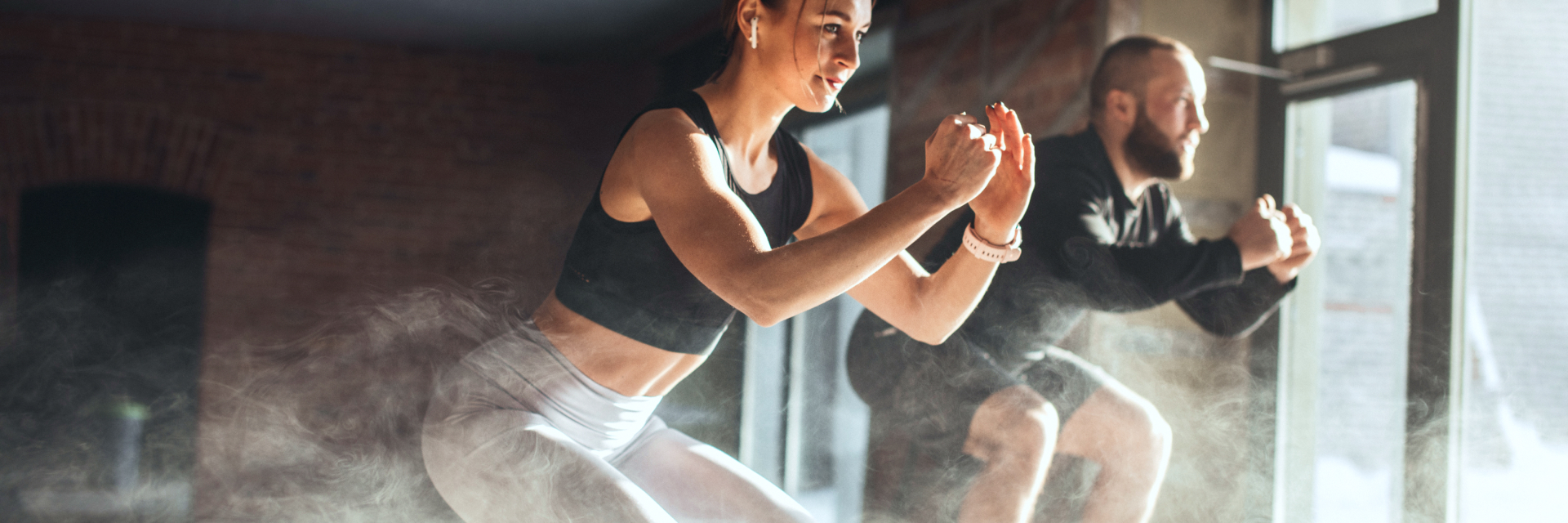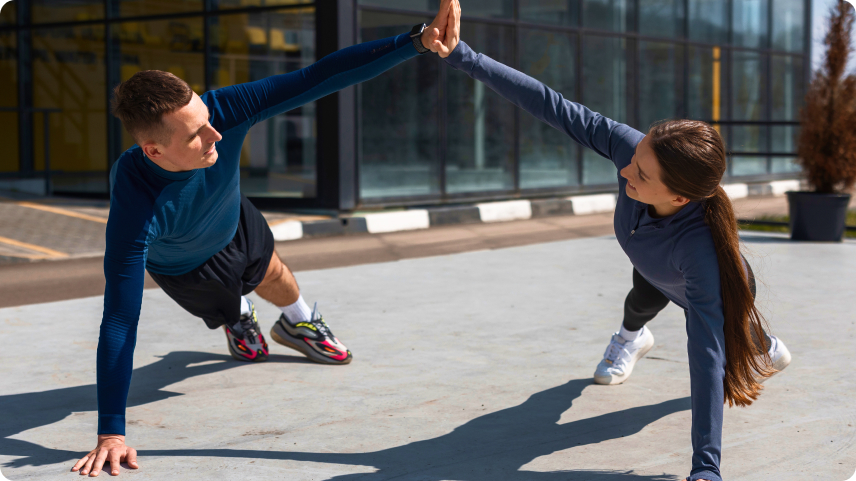Do you work out to make your muscles look bigger or to become stronger? Did you know that your workouts can not only improve your athletic performance but also help your day-to-day life?
Typical gym routines often focus on specific muscles, working them in isolation. That’s why you’ll have an arm day and a leg day, so you can work each individually. And if your goal is to make the muscle look bigger, that’s a great way to go about it.
However, our bodies make a lot of movements throughout the day. In order to help it make those movements, functional training was developed.
What makes training functional?
We’ll start off by defining the concept. Functional training is one that uses movements you do in your day-to-day. These exercises will often work multiple muscle groups at once. The goal of these movements is to help your body become more efficient at doing the tasks you typically do, helping you prevent injury1.
You’ll find that many of the exercises you do already will be functional exercises, like push-ups.
Why try it?
What makes functional training so great? It supports us in making the movements we make on a daily basis. On top of that, it has a myriad of benefits, which include:
- Help us age well and remain independent2;
- Boosts muscle strength and endurance3;
- Improves balance and helps with coordination4;
- Prevents injury5.
Functional training can also be of great use to athletes. It can improve speed, strength, power, agility and boost your balance. It can be a great way to boost your performance in your sport and can have more benefits than resistance training on its own6.
How can I add it to my routine?
If you’re keen on integrating it with your current routine, you might wonder where to start. Start out by understanding what sorts of movements you’re doing on the daily. Are you lifting heavy things? Are you sitting down and standing up?
Once you’ve understood the key movements your body makes, it’s time to find the exercises that match those. Consider these common exercises:
- Squats – a staple in any routine, they mimic the movement of getting up from a chair and sitting down. You can alter this exercise to fit your current level of fitness. Grab a pair of dumbbells or weights to make it harder, or do it against a wall for extra support.
- Step-ups and downs. Going up and down the stairs is a common activity we do on a daily basis. Consider doing step-ups or step-downs. You can add some weights to make it harder.
- Deadlifts. For those lifting things up, this one is a must. They’ll help you use the correct form to pick up objects, and they’ll strengthen the back and legs. You can also do single-leg variations for a bigger challenge.
- Planks and push-ups. These two are fabulous at helping with core strength, whole body strength. They also work the chest and arms. The movement mimics pushing things away or getting up off the floor.
Once you’ve got your shortlist, adjust your current workout routine. You can incorporate these movements into your sets or have a full body functional day if you desire. Don’t forget to include movements that will help you work on your balance.
At this point you’re ready to make the most of functional training! As you progress, keep in mind a few things. Remember to gradually up your intensity, add in weights for an extra challenge or simply do more reps of the exercise. Pay attention to your technique and stay safe.
Functional training is a fantastic way to support your body day-to-day. You’ll find that these movements help you feel stronger and improve your balance. If you’re looking to improve your performance or planning for an active retirement, functional training is for you. Pair it with a healthy diet for optimal results. Happy training!






